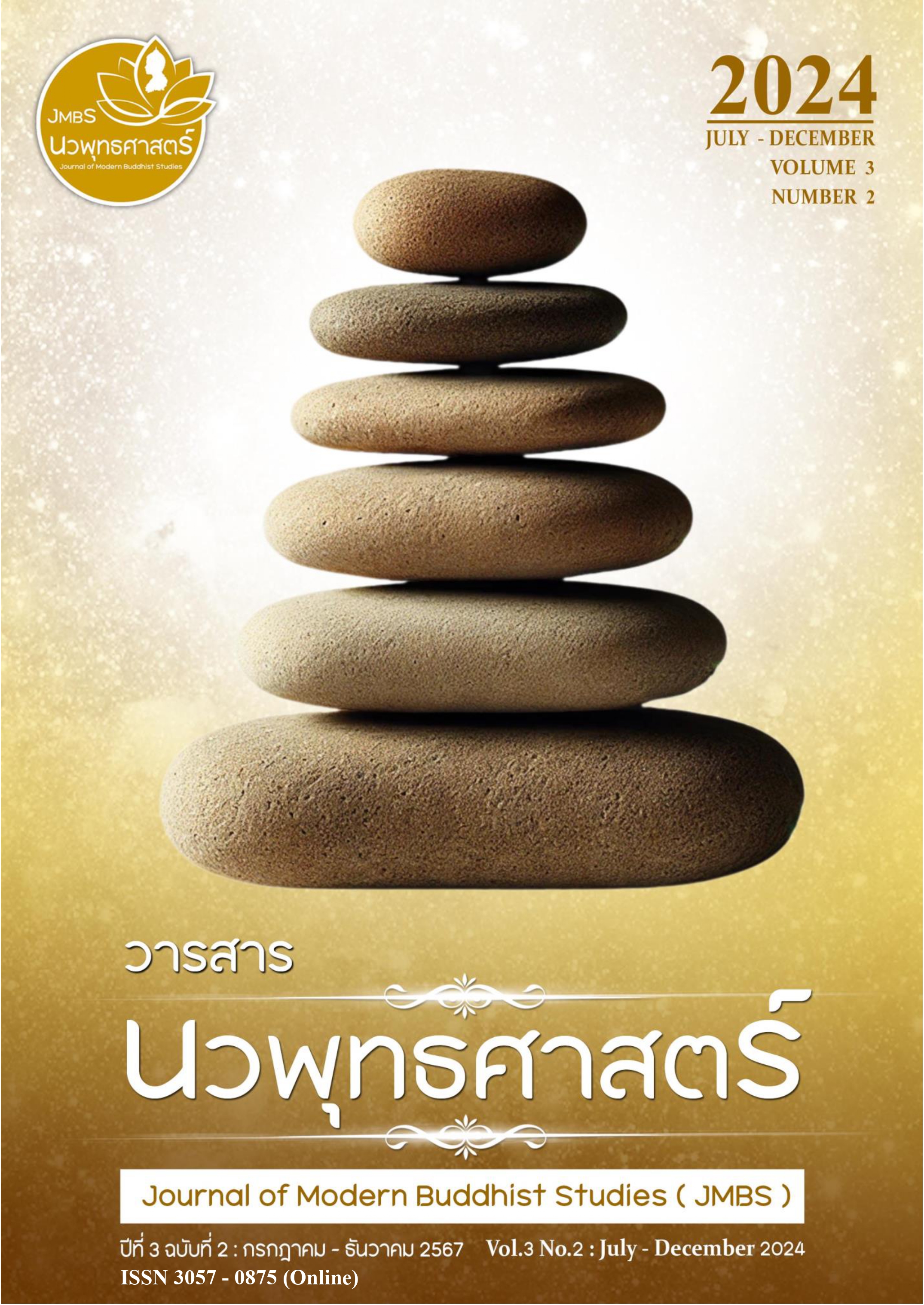Opapatika according to the realm of existence in Buddhist scriptures
Keywords:
Opapatika, the realm of existence, Buddhist scripturesAbstract
This article studies the meaning and role of Opapatika in Buddhism, which refers to beings who are born without going through natural processes but appear completely immediately as a result of their karma. Opapatika reflects the principles of karma and reincarnation and plays an important role in explaining life after death according to Buddhist beliefs. The types of Opapatika in Buddhist scriptures are divided into several types according to their karma and spiritual status, including humans at the beginning of the kalpa who lose their divine state because they eat earthen stalks; hell beings who are punished by their sins; pretas and demons who suffer from starvation; devas and brahmas who enjoy heavenly bliss from their merits but are still in the cycle of rebirth; and demons, giants, gandhabbas, nagas, and garudas who play various roles in the divine world. The contents of the Vinaya Pitaka, Suttanta Pitaka, and Abhidhamma Pitaka illustrate the roles of Opapatika in Dhamma discussions, the protection of Buddhism, and the recognition of human karma. This reinforces the belief in the effects of actions that reflect the principles of karma in Buddhism. Therefore, studying Opapatika allows humans to be aware of the effects of karma, adhere to morality, and continuously practice Dhamma. To develop the mind to escape from the cycle of rebirth, which is the path to the ultimate attainment of nirvana.
References
บรรจบ บรรณรุจิ (2557). โอปปาติกะ ชีวิตหลังความตาย. กรุงเทพมหานคร: สำนักพิมพ์อมรินทร์.
สมเด็จพระพุทธโฆษาจารย์ (ป.อ. ปยุตฺโต) (2559). พจนานุกรมพุทธศาสนา ฉบับประมวลศัพท์. พิมพ์ครั้งที่ 27. กรุงเทพมหานคร: โรงพิมพ์พระพุทธศาสนาธรรมสภา.
พระพรหมคุณาภรณ์ (ป.อ. ปยุตฺโต) (2557). พจนานุกรมพุทธศาสตร์ ฉบับประมวลธรรม. พิมพ์ครั้งที่ 27, กรุงเทพมหานคร: โรงพิมพ์มหาจุฬาลงกรณราชวิทยาลัย.
พระพรหมมังคลาจารย์ (ปัญญา นันทภิกขุ) (2548). ธรรมะเพื่อชีวิต. กรุงเทพมหานคร: สำนักพิมพ์ธรรมสภา.
พุทธทาสภิกขุ (2539). หนังสือดอกโมกข์ ฉบับพิเศษ พุทธทาสวจนา. พิมพ์ครั้งที่ 1. กรุงเทพมหานคร: เจริญวิทย์การพิมพ์.
ราชบัณฑิตยสถาน (2546). พจนานุกรมราชบัณฑิตยสถาน พ.ศ. 2542. กรุงเทพมหานคร: นาน มีบุ๊คส์พับลิเคชั่น.
สมเด็จพระพุทธโฆษาจารย์ (ป.อ. ปยุตฺโต) (2559). พจนานุกรมพุทธศาสนา ฉบับประมวลศัพท์. พิมพ์ครั้งที่ 27. กรุงเทพมหานคร: โรงพิมพ์พระพุทธศาสนาธรรมสภา.
พระพรหมโมลี (วิลาศ ญาณวโร, ป.ธ.9), โลกนาถทีปนี. [ออนไลน์], แหล่งที่มา:https://kalyanamitra.org/book/index_dhammabook_detail.php?id=1064
Downloads
Published
How to Cite
Issue
Section
License
Copyright (c) 2024 Journal of Modern Buddhist Studies

This work is licensed under a Creative Commons Attribution-NonCommercial-NoDerivatives 4.0 International License.






